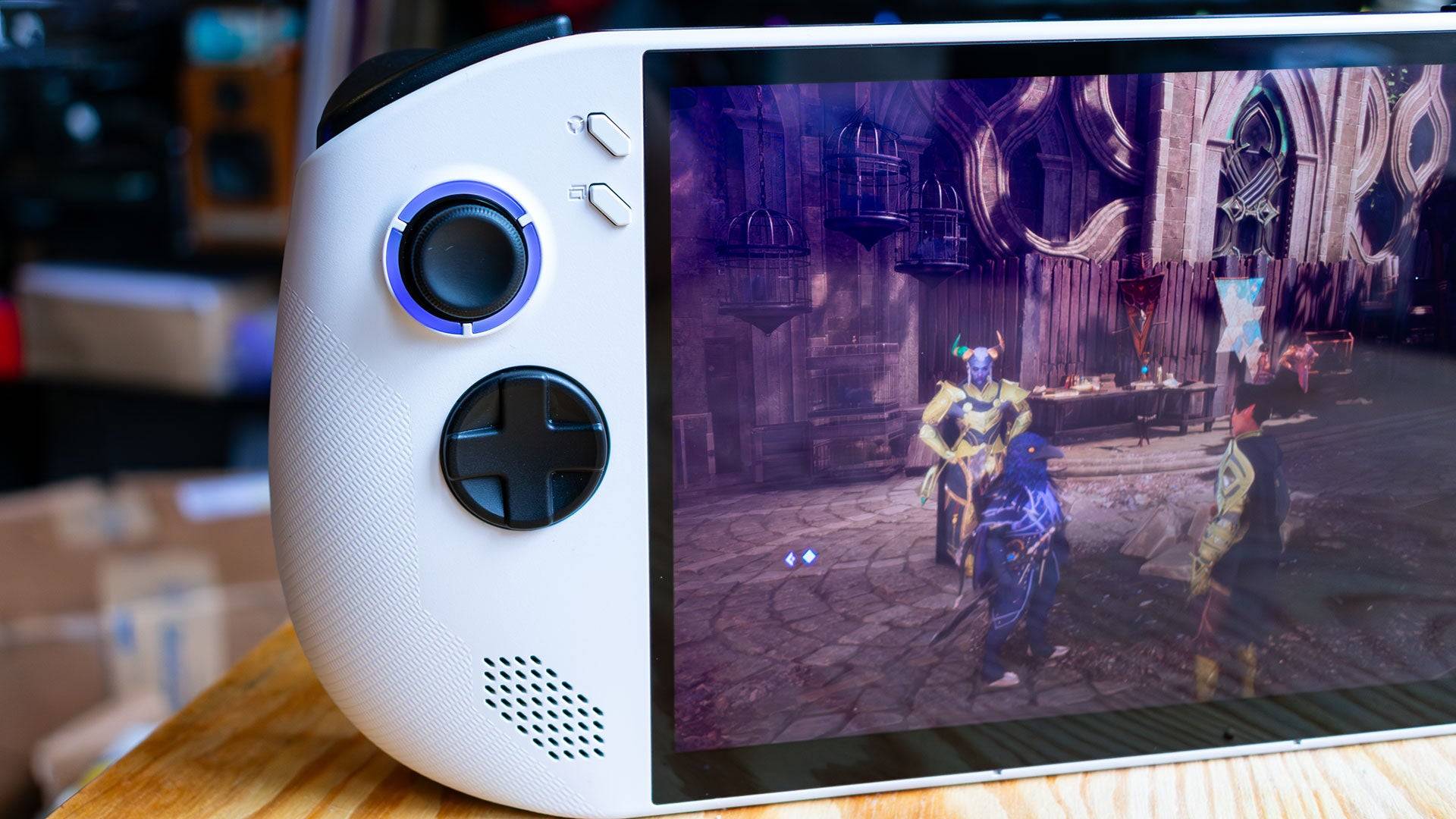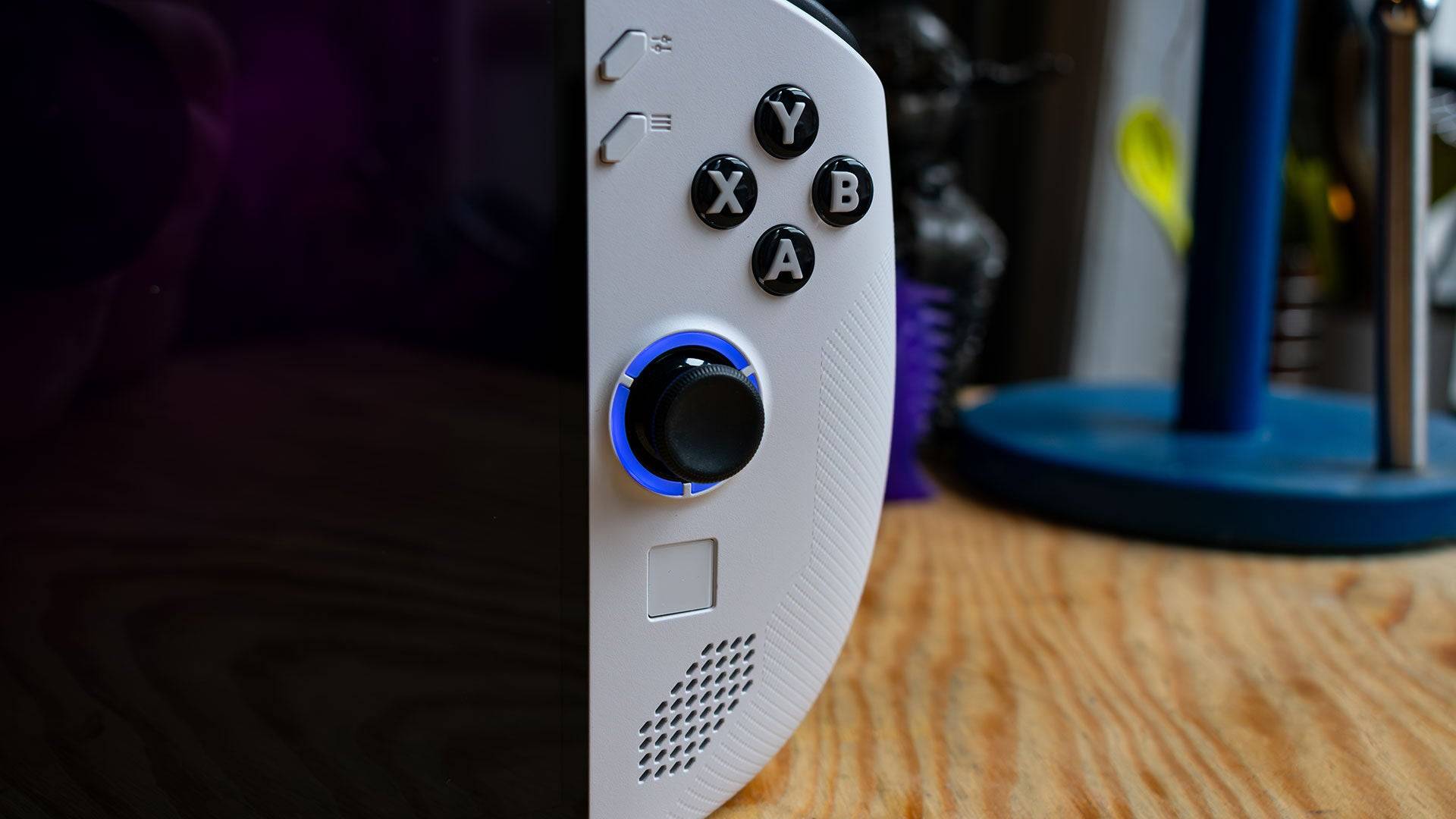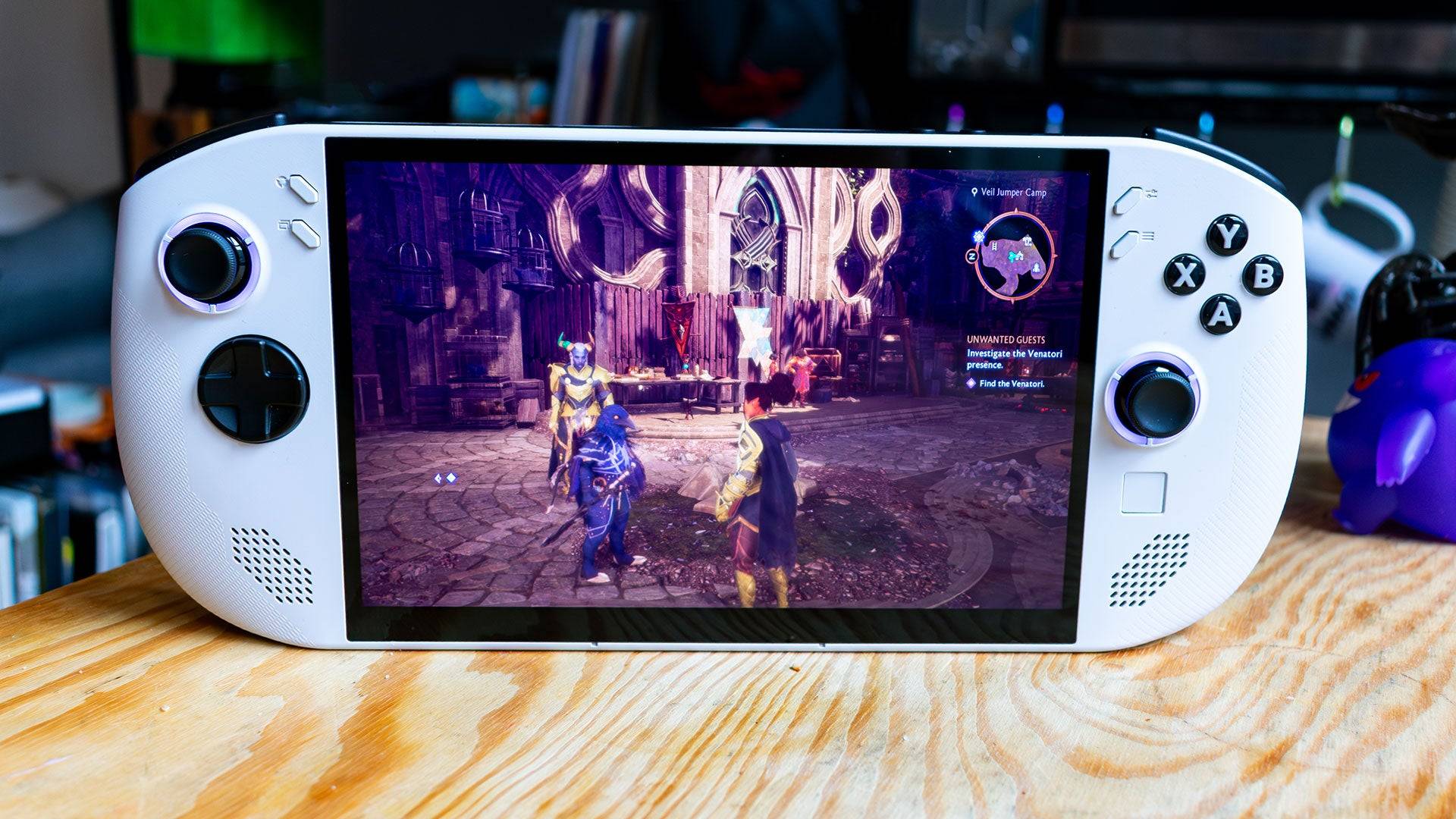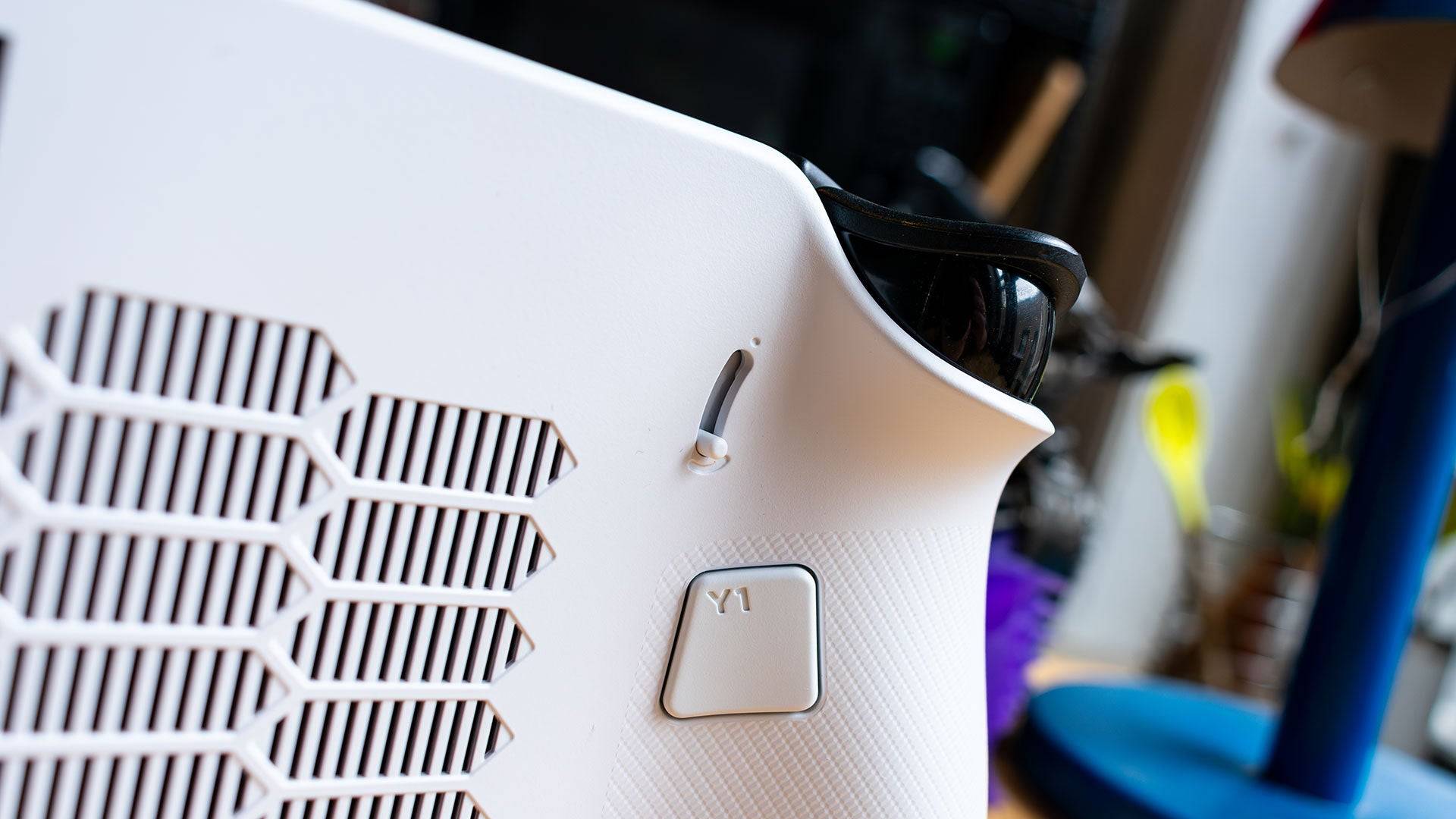Handheld gaming PCs, like the Lenovo Legion Go S, have become increasingly popular in recent years, largely due to the impact of the Steam Deck. Valve's Linux-based handheld has inspired mainstream PC manufacturers to explore similar designs, and the Legion Go S positions itself as a close competitor to the Steam Deck, distinguishing itself from its predecessor, the original Legion Go.
The Lenovo Legion Go S adopts a unibody design, moving away from the Switch-like detachable controllers and the complex dials and buttons of the original Legion Go. A significant upcoming feature is a version of the Legion Go S that will run SteamOS, the Linux distribution used by the Steam Deck. This version, slated for release later in the year, will be the first non-Valve handheld gaming PC to come with SteamOS pre-installed. However, the model reviewed here operates on Windows 11. Priced at $729, the Legion Go S faces stiff competition among similarly priced Windows 11 handhelds.
Lenovo Legion Go S – Photos

 7 Images
7 Images


 Lenovo Legion Go S – Design
Lenovo Legion Go S – Design
The Lenovo Legion Go S mirrors the design of the Asus ROG Ally more than the original Legion Go, adopting a single-unit structure without detachable controllers. This design choice enhances user-friendliness, making it comfortable for extended gaming sessions despite its weight. With a weight of 1.61 pounds, it's lighter than the original Legion Go (1.88 pounds) but heavier than the Asus ROG Ally X (1.49 pounds). This added weight contributes to a larger, impressive 8-inch, 1200p IPS display with a brightness rating of 500 nits, making it one of the best displays in a handheld gaming PC, second only to the Steam Deck OLED.
The Legion Go S is available in two color options: Glacier White and Nebula Nocturne, with the latter exclusive to the upcoming SteamOS version. Each joystick features customizable RGB lighting, easily adjustable through the on-screen menu. The button layout is more intuitive than the original, with standard placement of 'Start' and 'Select' buttons, although the added Lenovo menu buttons may take some getting used to. These buttons offer quick access to system settings and shortcuts, enhancing usability.
The device includes a smaller touchpad for mouse input, which, while functional, is less effective than the original's larger touchpad and mouse wheel. The Legion Go S's performance with Windows 11 is expected to improve with the SteamOS version, designed specifically for controller navigation.
Additional features include programmable 'paddle' buttons on the back, which offer more resistance to prevent accidental presses, and trigger travel distance levers with two settings. The top houses two USB 4 ports for charging and peripherals, while the bottom features a centrally placed MicroSD card slot.
Purchasing Guide
The reviewed Lenovo Legion Go S model is available from February 14, priced at $729.99, featuring a Z2 Go APU, 32GB of LPDDR5 RAM, and a 1TB SSD. A more budget-friendly version with 16GB RAM and a 512GB SSD will be released in May for $599.99.
Lenovo Legion Go S – Performance
The Lenovo Legion Go S is the first handheld gaming PC to utilize the new AMD Z2 Go APU. However, with its Zen 3 processor and RDNA 2 GPU, it falls short in performance compared to the original Legion Go and the Asus ROG Ally X. Despite a larger 55Whr battery, the Legion Go S lasts slightly less than its predecessor in battery tests, possibly due to the less efficient Zen 3 CPU architecture.
In benchmark tests like 3DMark, the Legion Go S significantly underperforms, but it fares better in specific game scenarios. For example, it slightly outperforms the original Legion Go in Hitman: World of Assassination, while struggling in more demanding titles like Total War: Warhammer 3 and Cyberpunk 2077. However, with settings adjusted to medium at 800p, the Legion Go S can comfortably play most AAA games at 30-40 fps.
The Legion Go S excels in less demanding games, with titles like Persona 5 looking vibrant and running smoothly on its high-quality display.
Wait, It’s More Expensive?
Surprisingly, the Lenovo Legion Go S is priced higher than the original Legion Go, despite using a less powerful APU and having a lower resolution display. The reviewed model's $729 price tag is justified by its 32GB of LPDDR5 memory and 1TB SSD, though the slower memory speed and shared system memory for the APU's GPU raise questions about its value. Adjusting the BIOS to allocate more memory to the frame buffer can improve performance, but this process is not user-friendly for everyone.
For most users, the Legion Go S's high-end memory configuration is overkill, especially when running less demanding applications. However, the upcoming $599 model with 16GB of memory offers a much better value, making the Legion Go S a competitive option in the handheld gaming market.
-
Clash Royale has finally introduced a major upgrade for the Inferno Dragon, nearly a decade after its initial release. The fiery Legendary card now boasts enhanced capabilities, with Supercell partnering with Finnish comedian Ismo Leikola for a speciAuthor : Natalie Dec 22,2025
-
HBO's Harry Potter TV series has reached a major casting milestone with the first six roles officially announced. While fans eagerly await reveals for Harry, Ron, Hermione, and Voldemort, we now know who will portray Albus Dumbledore, Minerva McGonagAuthor : Gabriel Dec 22,2025
- Spring Valley Farm Game: January 2025 Redeem Codes
- WWE Superstars Join Call of Duty Warzone: Mobile Roster
- Midnight Girl is a minimalist point-and-click adventure set in Paris in the 60s, now open for pre-orders on mobile
- Mobile Legends: Bang Bang – Best Lukas Build
- "Grand Outlaws Unleashes Chaos and Crime on Android Soft Launch"
- Video Game Song Surpasses 100 Million Streams on Spotify






















